Being surrounded by nature is what many homeowners and avid gardeners want most. But sometimes our living spaces limit us on how much outdoors we can have. Don’t limit yourself anymore; start discovering the serenity of nature with a sunroom. Sunrooms can provide the perfect blend of peace and tranquility.
However, before building a sunroom, where is the best place to put one? Let’s explore this question together so your sunroom dreams can become a reality!
Convenient Access
Convenient access is a significant factor in determining the location of a sunroom. For example, you could build it in the same location as an existing door. If a new door to the outside of your home is in your plans, or you do not want to access the sunroom from inside your home, then you may have more options.
North, South, East or West?
The direction your sunroom faces dictates what you see outside, the amount of sunlight and even exposure to harsh weather. If you’re solely using the sunroom as a living space, then a sunny location will need some shading to cool the sunroom and permit use on warm sunny days. The sun’s path dictates how much light and heat your sunroom receives, affecting your usage and any plants inside.
If your sunroom will be a growing space, perhaps for flowers or vegetables, then a sunny location is what matters most when determining the best location for a sunroom. In other words, the area of your house that gets the most sun is the best place for your greenhouse.
North-Facing Sunrooms and Highly Shaded Locations
North-facing sunrooms and highly shaded locations receive indirect sunlight, making the room cooler inside. If the sunroom is for plants, note that some plants prefer lower light conditions and temperatures, like ferns, mosses, and succulents. These are ideal to house here.
If you wish to grow a flower or vegetable garden, then grow lights can help, such as LED (Light Emitting Diode) grow lights. These low-wattage solutions can target the proper light spectrum at the right intensity so plants thrive. Heat Mats are another solution to add heat to the soil so the roots stay warm and seeds germinate. Check out these grow lights to illuminate your garden and help your seeds grow. We recommend going with the greenhouse lights since they’re specifically designed to help your greenhouse plants grow.
South-Facing Sunrooms Without Shade
South-facing sunrooms receive plenty of sunlight throughout the day and are perfect for sun-worshippers and plants that require lots of light to bloom. However, this location may require additional temperature control methods during peak hours.
East-Facing Sunrooms
East-facing sunrooms get plenty of morning sunshine, which many gardeners believe is ideal for optimal plant growth. You can grow plants like Begonias, African Violets, and citrus trees here. Like in north-facing sunrooms, plant lighting and heat mats are very helpful.
West-Facing Sunrooms
West-facing sunrooms bask in the warm embrace of the afternoon sun, making them an excellent retreat after a long day. Plants like cacti, tomatoes, peppers, and succulents will love this sunny space.
Accessibility and Functionality
The sunroom’s accessibility and functionality are essential. A sunroom connected to the main living areas of your home makes for easy access to your favorite reading spot or a space to spend quality time with your family. Or, you might prefer an isolated sunroom that serves as a private haven. In that case, build the room in a more secluded part of the home, like off your home office.
If the sunroom will be a growing space or a multi-use space, then having the sunroom close to the kitchen for easy access to fresh herbs may be beneficial.
When determining functionality, think about how you plan to use the space. Will it primarily be a greenhouse, or do you intend to use it for relaxation, entertainment, or a combination? If your needs change in the future, ensure the location is easily expandable for its new usage.
Accessibility is important, especially if users have different abilities. Will your location have any obstacles, like stairs or bumps that might be a trip hazard or a barrier for walker or wheelchair access? Design your space to eliminate or compensate so it is easy to use a hand cart to transport potted plants in and out.
Maximizing Views and Landscaping
Of course, nature is why you wanted the sunroom, right? But the placement matters most, so put the sunroom in a space that accentuates the natural beauty of your home. Consider incorporating outdoor elements like water features, garden paths, or structures like pergolas into your surrounding landscaping to enhance the connection between your sunroom and the outdoors.
Now that we’ve explored the best place for your dream sunroom, the time has come to take that next step! If you’re looking for a high-quality, stylish, and functional addition to your home, consider the lean-to greenhouses from Sturdi-Built Greenhouse Manufacturing. With multiple styles and sizes available, you’ll be one step closer to creating the perfect sunroom retreat for you and your loved ones!





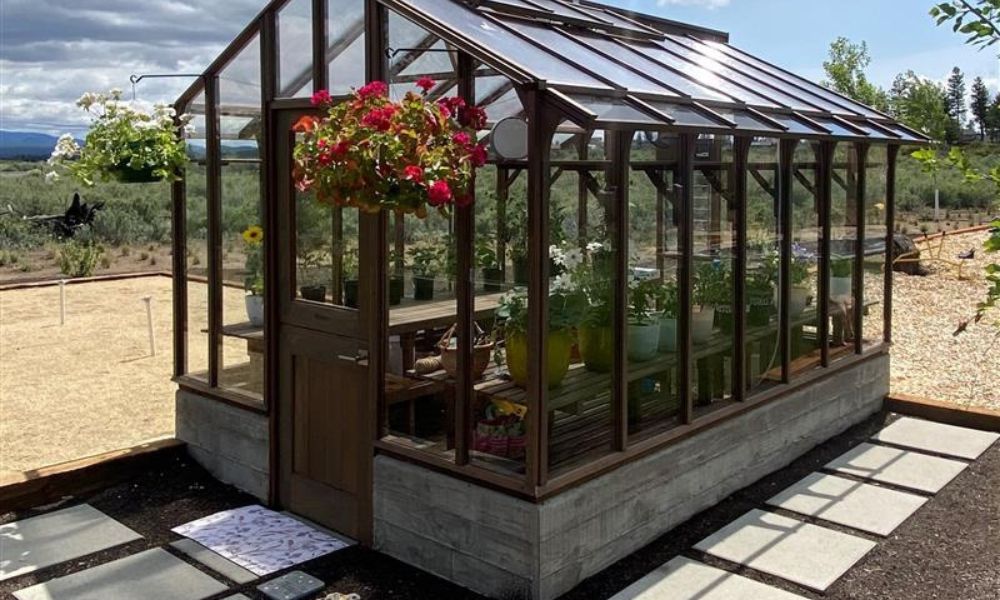
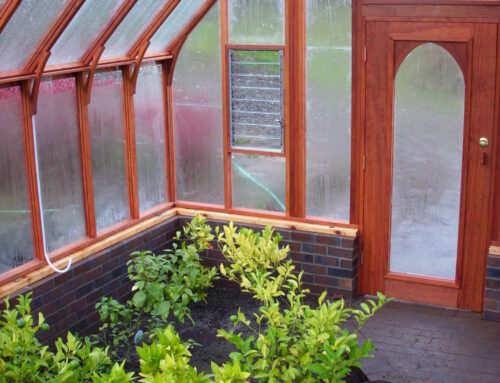
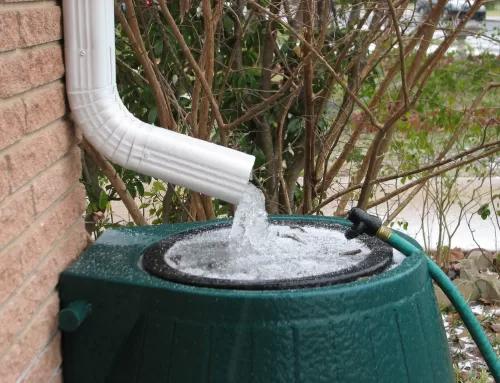
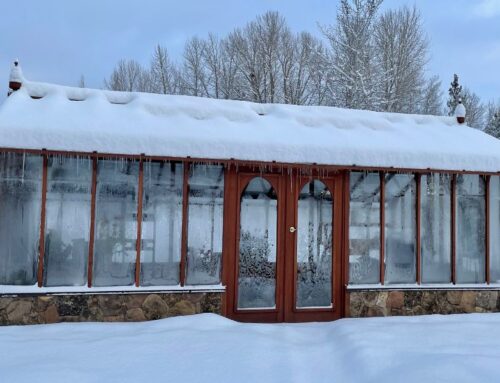
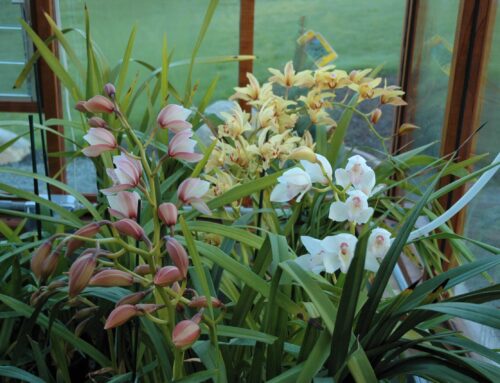
Leave A Comment